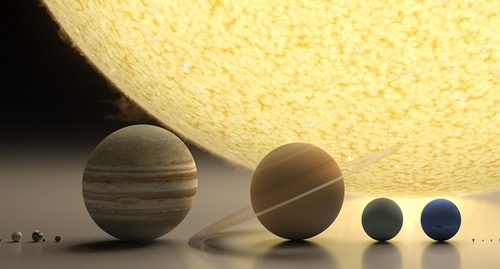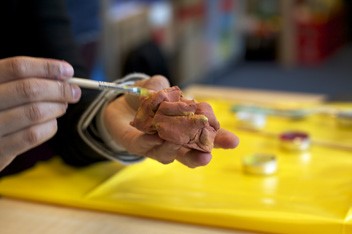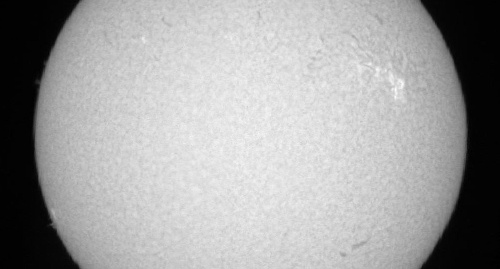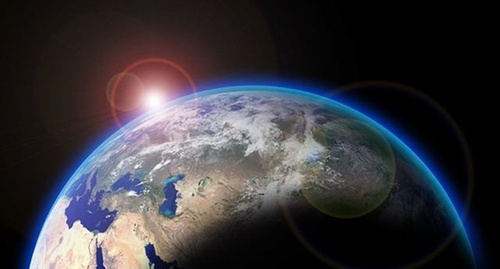Europlanet IAU astroEDU collections of educational resources
Europlanet 2020 RI has developed three new collections of planetary-themed educational activities for IAU astroEDU:
Children’s Planetary Maps: Using the maps of planets and moons specifically designed for children, students will have an insight to the geography, environmental conditions, astrobiological potential and exploration opportunities of Pluto, Charon, Titan, Io, Moon, Mars and Venus.
There are six activities in this collection:
- Children’s Planetary Maps: Pluto & Charon
- Children’s Planetary Maps: Titan
- Children’s Planetary Maps: Io
- Children’s Planetary Maps: The Moon
- Children’s Planetary Maps: Mars
- Children’s Planetary Maps: Venus
The Planets and Their Moons: The Solar System, in which we live, consists of our Sun as its central star, eight planets with their moons and several dwarf planets. Explore our the planets and moons of our Solar System and discover the amazing distances and scales in our neighborhood.
There are five activities in this collection:
- Sun, Earth, Moon model
- Know Your Planets
- Solar System Model on a City Map
- Solar System Model
- Design Your Alien
Asteroids, Comets and Meteors: Discover the differences between asteroids, comets and meteors. Learn how to track an asteroid, count craters on Earth and build your own asteroid in this collection of activities.
There are five activities in this collection:
- What is a meteorite?
- Identifying and tracking asteroids
- Crater Count Tectonics
- Impact Craters
- Creating Asteroids
Europlanet has also contributed updates to three further astroEDU collections:
Explore our Moon: The Moon is the Earth’s only natural satellite and the fifth largest moon in the Solar System. It was formed 4.6 billion years ago. The Moon is in synchronous rotation with Earth meaning the same side is always facing the Earth. Observe and explore Earth’s companion through this collection.
There are four activities in this collection:
Our Star – the Sun: The Sun or Sol, is the star at the centre of our solar system and is the largest object – about 109 times the diameter of Earth. It contains more than 99.8% of the total mass of the Solar System. Through this collection you can explore and observe the behaviour and characteristics of the Sun.
There are six activities in the collection:
- Sun’s shadow
- Making a sundial
- Measure the Solar Diameter
- Counting Sunspots
- Meet Our Neighbours – Sun
- Build a Safe Sun Viewer
Exploring the Earth: Earth is the only planet in our solar system known to harbour life. It is the third planet from the Sun and the fifth-largest of the eight planets in the Solar System. Roughly 71 percent of Earth’s surface is covered by water, most of it in the oceans. Explore and learn more about our home planet.
There are six activities in this collection:







